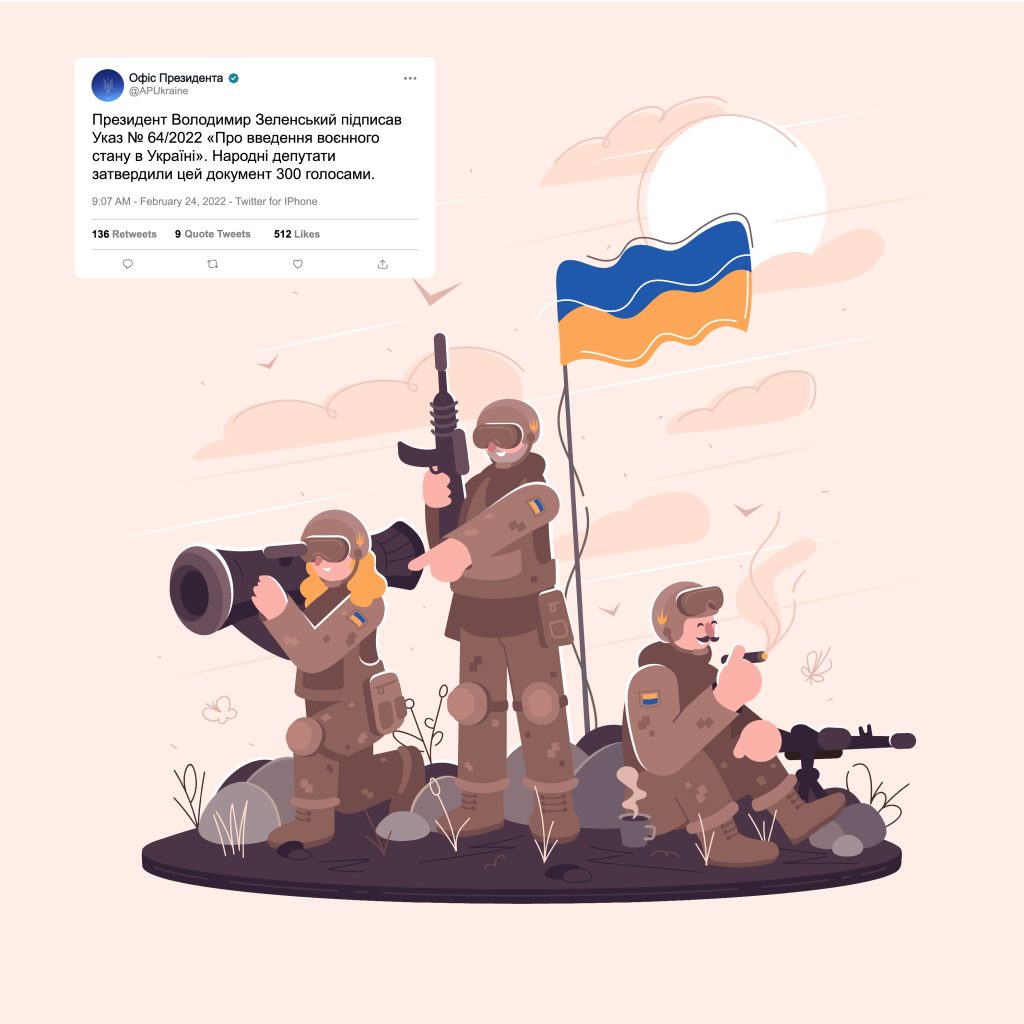The Evolving Landscape of NFT Utility and Applications

The NFT landscape is evolving. NFT utility is growing beyond digital artworks. Although NFTs are still associated with digital artwork and PFPs, the practical applications of NFTs are being recognized and adopted by organizations.
As we will discuss in this article, businesses and institutions ranging from restaurants and ticketing to governments and nonprofits are applying the unique properties of NFTs to their strategies, breaking down existing misconceptions about NFTs.
Here are four examples of how NFT utility and applications are growing in not only the private and public sectors, but also the nonprofit sector:
Food & Restaurant
This restaurant, dubbed “Bored & Hungry,” is a good example of how NFTs can have intrinsic value in the real world.
Currently, there is a common misconception that NFTs only have perceived value in the digital world.
This is not true.
Although a NFT has value by itself, its intangible value can diversify and grow exponentially when combined with something of tangible value in the real world. By creating a restaurant based on the IP of his own Bored Ape and Mutant Apes NFTs, Andy Nguyen shows that NFTs can become a bridge between the real and digital world. The infectious brand value of BAYC has immense potential to translate into real world value.

Imagine the marketing potential for restaurants (or any business) in the future that are created using the IP of your NFT. The IP could be used to create your own brand based on the design of the NFT, and then used on products and meals served in the restaurant. This is comparable to brands collaborating with McDonalds to jointly produce Happy Meals and toys using the partner brand’s IP.
On a different note, in order to support the utility of an NFT’s intellectual property, the legal framework surrounding NFTs–including copyright laws and how to enforce them–must be further developed. Once people can feel more secure and safe regarding the legality of their NFTs, knowing there is a legal framework to fall back on, further adoption can be realized.
Ticketing
Event ticketing is a prime industry that is being disrupted by NFTs.
First, let’s discuss the issues plaguing the traditional ticketing system:
- Fraud: Ticketing bots and scalpers are buying tickets in bulk to resell them on secondary markets, forcing consumers to pay extremely high prices for tickets that could be purchased at the original price.
- Lack of trust: Sometimes, consumers don’t know whether the ticket they are purchasing is authentic or fake. The websites could be posing as legitimate businesses, but the tickets could be fake, which leads to the next issue–transparency.
- Lack of transparency: There is no way to track the exchange data, customers, or even the sellers beyond the boundaries of the third-party supplier. This allows rampant fraud on the resale market. Once the ticket is sold on resale markets, event organizers have no idea who is actually attending the event.
Within the framework of NFTs, event organizers can mint tickets as NFTs on the blockchain. For example, the GET Protocol, a pioneer in NFT ticketing, can integrate a seamless blockchain layer on top of existing legacy ticketing systems for businesses to create any number of their own NFT tickets.
The benefits of NFT tickets are as follows:
- Swift production: Minting and preparing NFTs for the market only takes a couple minutes.
- Reduction of costs: Not only are production time and costs reduced, but also costs potentially created from fraud and shortened ticket delivery times.
- Prevention of fraudulent tickets: Blockchain enables trust for the ticketing system. The authenticity of NFT tickets can be validated on the blockchain. Additionally, the ownership history of the ticket can be tracked.
- Revenue opportunities: NFT tickets can be resold as memorabilia, designed to be an aesthetic collectible as a premium, earn profit from secondary sales, and have perks relating to the event.
Government
In the public sector, the government of Ukraine, specifically its Ministry for Digital Transformation, is employing innovative methods to fund its military in the conflict with Russia. They are not only receiving cryptocurrency donations, but also launching a NFT collection and selling NFTs.

The goal of the collection is to digitally document the history of Russia’s invasion of Ukraine. By creating this “NFT museum” (officially called the Meta History Museum of War) on the blockchain, it will permanently store the truth on-chain, so that the history can be accurately told to future generations.
The collection is composed of 54 individual NFTs, minted from credible news pieces and illustrated by both Ukrainian and international artists, documenting the first three days of the war.
This government-supported NFT project shows the utility NFTs can have to enable smooth and swift global payment transactions–a feat that would be cumbersome via traditional financial institutions.
Nonprofit Organization
Let’s talk about how Brazilian nonprofit Nemus is utilizing NFTs to fund preservation efforts for the dying Amazon rainforest.
Nemus is selling NFTs that allow buyers (token holders) to sponsor the preservation of select areas of the rainforest, with funds going to tree preservation, reforestation, and sustainable development.

According to founder Flavio de Meira Penna, being a token holder does not give the holder the right to own the land; however, token holders will have access to important information, such as satellite imagery, licensing, and preservation methods–with full transparency via blockchain.
Not only will the information be transparent, but also how the funds will be used. This is a key reason for why NFTs are useful for not only nonprofits, but also charities and other fundraising organizations. It enables a new way to generate funding in a transparent way, while engaging a new technologically-savvy audience with the potential to increase awareness to the cause.
End Note
In light of new technologies emerging, let’s be mindful to keep an open mind to the potential benefits of the increasing utility and applications of NFTs. You never know what new opportunities NFTs can enable for your business. These are only a few of many real-world NFT use cases being developed–and it is not slowing down anytime soon.
If you’re interested in learning more about NFT utility, take a look at FiO’s collaboration with AlgoBot in unveiling an industry-first algo-trading application of NFTs.



